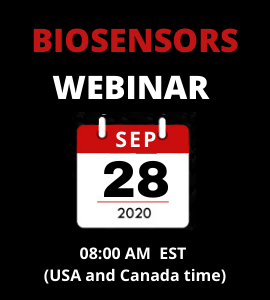
Geraldine Isamari Silva Galindo
PhD Student, Research Center in Applied Science and Advanced Technology (CICATA), Mexico
Title: The role of titanium dioxide (TiO2) in the construction of nonenzymatic glucose biosensors
Biography
Biography: Geraldine Isamari Silva Galindo
Abstract
In recent decades, the importance of catalytic processes in various areas of application has brought about the optimization of various materials to provide systems with higher reaction rates, especially in the construction of nonenzymatic glucose biosensors, due to the high demand of continuous glucose monitoring; currently, modern glucose biosensors are based on heterostructures of various materials. It has been demonstrated that it is possible to improve catalysis processes by adding supports, controlling their physical and chemical synthesis properties. The objective is that the main catalysis process must be carried out on a support that facilitates the transfer of electrons between the catalytic material and itself, providing stability to the particles that carry out the catalysis processes, and promoting the performance of catalytic materials, thus reducing costs in fabrication, since most of them are high-cost noble metals such as gold and platinum. TiO2 has demonstrated to be a great material for the construction of the supports due to its physical and chemical stability in an alkaline and acid environment and its low cost of mass production. In this work is presented the methodology to synthesize TiO2 anatase supports electrodes by Pechini method and its morphological and structural characterization; it is also presented the electrochemical characterization which includes the behavior of the electrodes at different pH conditions, the study of selectivity and sensitivity in the presence of glucose concentrations and possible interferents in non-invasive fluids as urine, and the reproducibility and stability of the electrodes by techniques as cyclic voltammetry and chronoamperometry.

